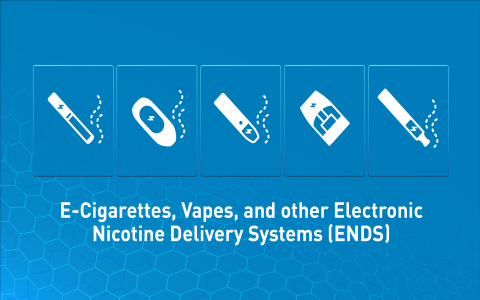Understanding E-Cigarette-Associated Deaths: Five Key Risks
The emergence of severe lung injury and deaths linked to vaping, particularly highlighted by the 2019 EVALI outbreak in the United States, underscores significant risks associated with electronic cigarette use. Here are five primary causes or contributors to deaths linked to these products:
1. EVALI (E-cigarette or Vaping product use-Associated Lung Injury)
EVALI was characterized by severe, life-threatening lung damage. Key aspects:

- Primary Cause: Strongly linked to Vitamin E Acetate, used as a thickening agent in THC-containing e-liquids, especially those obtained from informal sources.
- Mechanism: Vitamin E Acetate disrupts lung surfactant function, causing inflammation, chemical pneumonitis, and acute respiratory distress syndrome (ARDS).
- Outcome: Hospitalization requiring intensive care (mechanical ventilation) and, tragically, death in numerous cases.
2. Acute Nicotine Toxicity
Accidental ingestion or dermal exposure to concentrated nicotine solutions, particularly in e-liquids, can be fatal.
- Risk Scenario: Improper storage allowing access by children or pets; spills during refilling.
- Toxicity: High concentrations of nicotine act as a potent neurotoxin, leading to vomiting, seizures, respiratory failure, and cardiac arrest.
3. Severe Cardiovascular Events
Emerging evidence links e-cigarette use, even short-term, to acute cardiovascular stress and potential catastrophic events.
- Physiological Impact: Nicotine and other constituents cause vasoconstriction, increased heart rate, elevated blood pressure, endothelial dysfunction, and heightened platelet reactivity.
- Fatal Consequences: This significantly increases the risk of myocardial infarction (heart attack) and stroke in susceptible individuals, potentially leading to sudden death.
4. Explosions and Thermal Injuries
Device malfunction, particularly battery failures, can result in violent explosions causing traumatic injury.
- Cause: Predominantly due to thermal runaway in lithium-ion batteries, often triggered by physical damage, improper charging, or manufacturing defects.
- Fatal Injuries: Severe blast trauma to the head, neck, or torso; catastrophic burns; or fires causing smoke inhalation death.
5. Toxic Aldehyde Exposure
Inhalation of aldehydes like formaldehyde and acetaldehyde, generated when e-liquid is overheated during vaporization.
- Formation: Occurs at high power settings or when the device “dry-puffs” (vaporizes liquid with insufficient wicking).
- Carcinogenic Potential: Formaldehyde is a known human carcinogen. Chronic exposure damages DNA and proteins in the respiratory tract.
- Acute Risks: While less studied for acute lethality than EVALI or nicotine toxicity, chronic inhalation of these cytotoxic and carcinogenic compounds contributes significantly to long-term disease burden, including cancer risk.
Core Risk Factors Amplifying Danger
Several factors exacerbate the risks of e-cigarettes:
- Unregulated Ingredients: Vast variance in e-liquid composition, additives, and contaminants (especially from illicit market products).
- Youth Vulnerability: Developing brains are highly susceptible to nicotine addiction and its neurological impacts. Early exposure primes for future addiction.
- Device Variability: Unregulated modifications (e.g., high-power mods) increase the risk of overheating and toxicant production.
- Misperception of Safety: Belief that vaping is “harmless” compared to smoking can lead to risky behaviors and increased consumption.
- Dual Use: Concurrent use with combustible cigarettes compounds health risks rather than reducing them.
The safest option remains abstaining from all tobacco and nicotine products, including electronic cigarettes.










